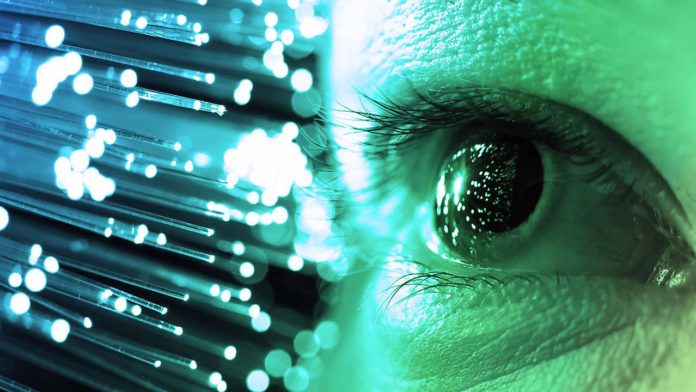According to a new study by the University of Plymouth, humans ‘see’ the actions of others not quite as they really are but slightly distorted by their expectations. This could suggest why people get others’ actions so wrong and see ambiguous behavior as meaningful.
The study volunteered 85 participants to watch an actor reach for an object with a straight or arched trajectory on a touchscreen.
In each screening, the actor did one of four things:
- Reached straight for a target (efficient straight)
- Reached straight for a target with an obstacle in the way – therefore expecting to be blocked by the obstacle (inefficient straight)
- Reached over an obstacle with an arched trajectory to get to the target (efficient arched)
- They used an arched trajectory to get to a target, even though there was no obstacle in the way (inefficient arched)
In the examination, the hand development activity vanished mid-direction, and members contacted the last observed screen position of the hand.
Results showed that:
- When the hand was moving with an arched trajectory with no obstacle in the way, people perceived that it was lower down (ie moving more efficiently) than it actually was.
- When the hand was moving in a straight trajectory with an obstacle in the way, people thought it was higher than when it traveled no obstacle in the way.
Study author Matthew Hudson said that while the experiment pertained to physical movement, it might help us understand how people find out what others are thinking and feeling; in short, why they are behaving in the way they do.
He added, “What we have found in this study may be important for various reasons. Firstly, it shows that people make predictions when they see the actions of others. It has been argued for a long while that people constantly make such predictions and use them to figure out if other people see the same things as we do.”
Co-author Katrina McDonough added, “These findings are really helpful for our understanding of how we so effortlessly seem to directly ‘see’ the beliefs, intentions, and emotions drawn onto other people’s actions, and a possible next step to understanding how a deficit in this ability may contribute to the social difficulties encountered by those with autism and schizophrenia.”
The study is available to view in the Proceedings of the Royal Society B.

